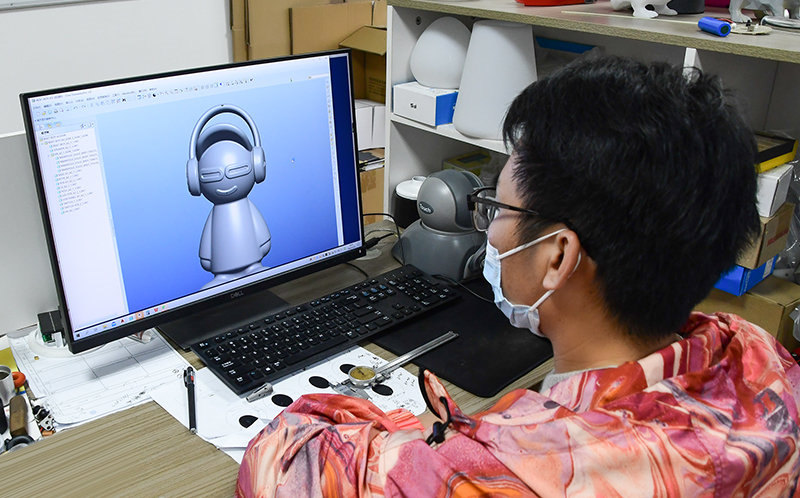Key Design Considerations for Rotomolded Products
 Feb 23,2024
Feb 23,2024

Key Design Considerations for Rotomolded Products
Rotational molding, also known as rotomolding, is a versatile and cost-effective manufacturing process used to create a wide range of plastic products. From everyday items like water tanks and outdoor playground equipment to complex industrial components, such as smart robotics housings, rotational molding offers limitless design possibilities. This article explores the fundamentals of rotational molding product design, highlighting the key aspects that designers should consider to create successful and functional products.

Understanding Requirement
Achieving a functional and cost-effective design starts with a clear understanding of the product’s intended use, environmental conditions, and performance criteria. The designer then thinks about the product and starts sketching or experimenting with different shapes, searching for a structure that will satisfy the functional requirement of the product.
Material Selection
The choice of material is a critical factor in the design of rotational molding products. Common materials used in rotational molding include polyethylene (HDPE, LLDPE, and MDPE), nylon, and polypropylene. Each material offers unique properties, such as impact resistance, chemical resistance, and UV stability. Consider the application and environmental conditions to select the most suitable material for rotomolded product.
Wall Thickness
Wall thickness is a crucial design consideration in rotational molding. It affects the product's structural integrity, durability, and manufacturing cost. Designers should aim for uniform wall thickness to ensure consistent material distribution and minimize the risk of warping or sagging. However, varying wall thicknesses can be achieved to meet specific structural requirements or to incorporate features like bosses, ribs, or mounting points.
Ribs and Reinforcements
To enhance the strength and stiffness of rotational molding products, ribs and reinforcements can be incorporated into the design. These features help to distribute forces and reduce the risk of deformation or damage. Properly designed ribs and reinforcements can also reduce material usage and manufacturing costs, as they allow for thinner wall sections while maintaining structural integrity.
Draft Angles
Draft angles are essential for the ejection of parts from the mold and to facilitate the removal of excess material during the rotomolding process. Typically, a draft angle of 3-5 degrees is recommended. However, the specific angle may vary depending on the product's geometry and complexity. Incorporating draft angles in the design ensures smooth mold release and reduces the risk of damage to the product or mold.
Mold Design
The mold design plays a crucial role in the rotational molding process. It should be designed to allow for uniform heating and cooling of the material, as well as to facilitate the removal of the final product. The mold should have a smooth surface finish to prevent defects like surface roughness or pitting on the final product. Additionally, consider the mold's material and construction to ensure its durability and longevity.
Assembly Considerations
When designing rotational molding products, consider how the final product will be assembled. Design features like snap-fit components, integrated hinges, or threaded inserts can simplify the assembly process and reduce manufacturing costs.
Here at Light Venus, our experienced and professional design and production team use the latest technology to help create the exact product. During our many years in business, we’ve designed and created a huge range of products to customers across a wide range of industries, such as automotive, construction, leisure, packaging, lighting, household products, medical, communications electronics, aerospace and other fields.
Interested in our custom rotational molding services? Chat with us online or contact us via email, we are ready to serve you in the most effective way.
 Tel: 0086-13632687993
Tel: 0086-13632687993  Email: roto@lightvenus.com
Email: roto@lightvenus.com

 Home
Home Key Testing Parameters for Rotomolded Products
Key Testing Parameters for Rotomolded Products  You May Also Like
You May Also Like



 Tel
Tel
 Email
Email
 Address
Address








